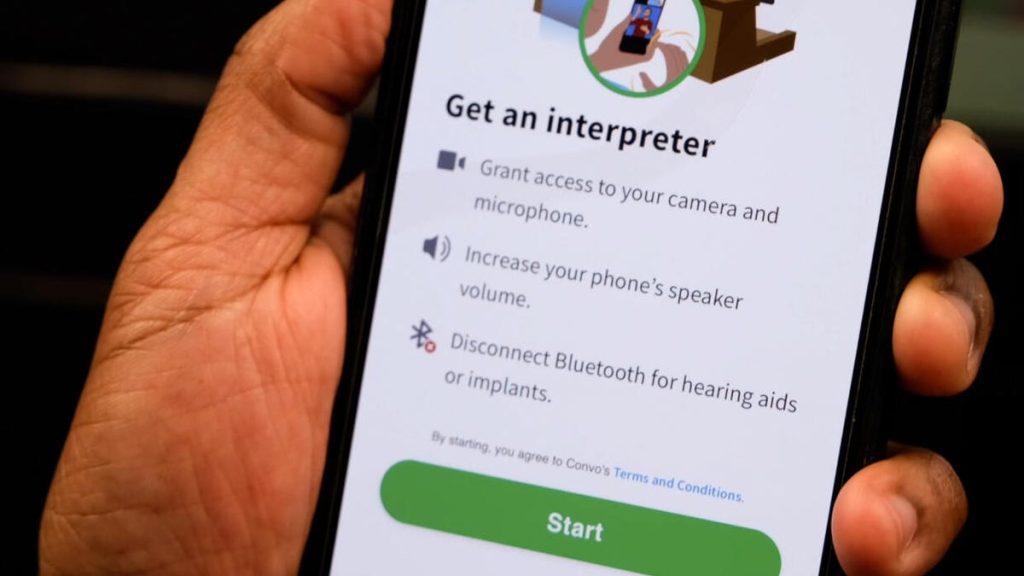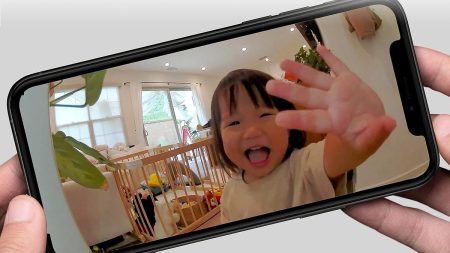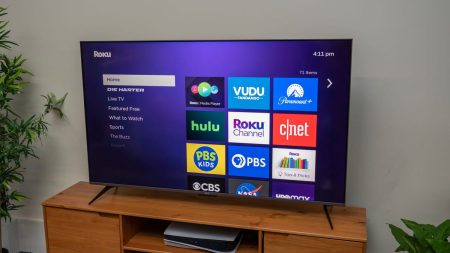Enhancing Accessibility: MTA’s New Initiative for Deaf and Hard-of-Hearing Communities
Starting Monday, the Metropolitan Transit Authority (MTA) will introduce a groundbreaking pilot program designed to improve communication for deaf and hard-of-hearing individuals in New York. This initiative will allow transit users to scan a QR code, which directly connects them to a live American Sign Language (ASL) interpreter via the Convo Now app. This innovation aims to bridge the communication gap between MTA staff and deaf or hard-of-hearing riders, ensuring a more inclusive and accessible transit experience.
How It Works: A Step Toward Inclusivity
The QR codes will be prominently displayed on green signs at over a dozen MTA locations, including major transit hubs like Times Square, Atlantic Avenue-Barclays Center, and Grand Central Terminal. Once scanned, the codes will redirect users to the Convo Now app, where they can instantly access a live ASL interpreter. This service will be free for all transit users, eliminating the need for MTA staff to learn ASL or rely on alternative methods of communication. Quemuel Arroyo, the MTA’s Chief Accessibility Officer, emphasized that New York’s high volume of daily transit users—exceeding 6 million—makes it the ideal location for this pilot program. "This initiative is a testament to our commitment to inclusion and accessibility," Arroyo noted. "We are providing a service that meets the diverse needs of our customers, ensuring everyone has equal access to information and assistance."
Convo Now: Revolutionizing Communication
Convo Now is an on-demand ASL interpretation service that has been transforming communication for deaf and hard-of-hearing individuals since its inception nearly 15 years ago. Initially launched as a video relay service, Convo has evolved to offer 24/7 access to over 500 interpreters through its app and website. This service is not limited to the U.S.; it is also available in the UK, Canada, Australia, and South Africa. Co-founder Wayne Betts highlighted the significance of this innovation: "Convo Now removes the barriers of finding and coordinating interpreters, allowing users to connect with an interpreter instantly, whether for a quick conversation or a lengthy meeting."
Impact on Daily Life: Real Stories, Real Benefits
The impact of Convo Now is evident in the experiences of its users. Paul Maucere, a deaf employee who downloaded the app four months ago, shared how it has transformed his daily interactions. "Whether I’m communicating with a waitress, a hotel clerk, or a car salesman, Convo Now has made it possible for me to interact with ease and confidence," he said. Another user, who wished to remain anonymous, praised the app for simplifying medical appointments. "We no longer need to schedule interpreters weeks in advance. We can simply scan a QR code and connect with an interpreter in seconds," they noted. These testimonials underscore the profound difference Convo Now is making in the lives of deaf and hard-of-hearing individuals.
Bringing Convo Now to Public Transit: A Collaborative Effort
The MTA’s partnership with Convo is part of its broader efforts to enhance accessibility across its transit system. Before rolling out the pilot program, the MTA conducted a proof of concept at Times Square and 34th Street Penn Station, gathering feedback from advisory committees, advocacy organizations, and the NYC Mayor’s Office for People with Disabilities. The response was overwhelmingly positive, with users expressing appreciation for the ease and efficiency of the service. Arroyo stressed the importance of user feedback in shaping the program: "We must ensure that the solutions we implement are what our customers truly want and need."
The Future of Accessibility: Expanding Horizons
The pilot program will run from February 10 through November 2025, with the MTA planning to evaluate user feedback to determine the next steps. If successful, the initiative could be expanded to more locations, further solidifying New York’s reputation as a leader in accessibility. This effort aligns with a broader trend of leveraging technology to enhance inclusivity. Companies like Google, Apple, and Amazon are also investing in accessibility features, from improved captions to AI-driven speech recognition. The MTA’s collaboration with Convo Now is a prime example of how technology can be harnessed to create a more inclusive society.
Conclusion: A New Era of Accessibility
The MTA’s partnership with Convo Now represents a significant step forward in making public transit more accessible to all. By providing instant access to ASL interpreters, this initiative not only enhances the transit experience for deaf and hard-of-hearing individuals but also sets a standard for other transit systems to follow. As Arroyo noted, "This is about more than just providing a service—it’s about ensuring that everyone feels valued and empowered to navigate their city with confidence." With this pilot program, the MTA is paving the way for a future where accessibility is not an afterthought but a cornerstone of public services.












